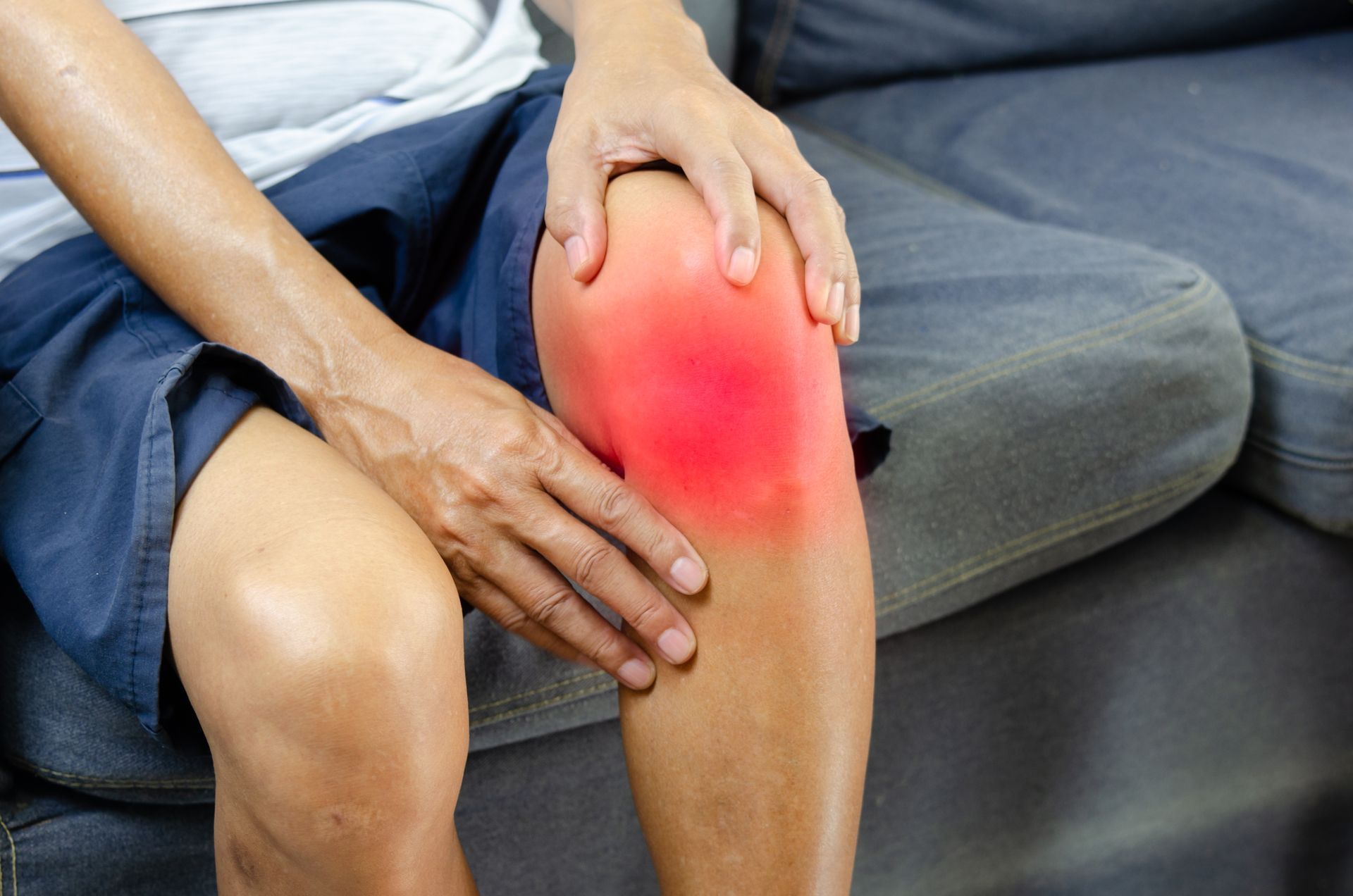The Role of Telehealth in Chronic Pain Management
Telehealth is reshaping the way patients and providers approach chronic pain care. From virtual consultations to remote monitoring, technology-driven health services have moved beyond convenience, becoming an integral part of holistic treatment plans. In Richmond, this digital evolution provides new opportunities for people living with persistent discomfort, ensuring they can access professional guidance without navigating the challenges of frequent in-person appointments.
Expanding Access to Chronic Pain Services
Over the past few years, telehealth has gained widespread acceptance in various medical fields, including the management of chronic conditions such as back pain, arthritis, and neuropathic disorders. According to a 2020 report by the Centers for Disease Control and Prevention, there was a 154% increase in telehealth visits during the last week of March 2020 compared with the same period in 2019. Much of this surge stemmed from the need to limit physical contact during the global health crisis, but many patients soon recognized telehealth’s long-term advantages for chronic pain care—namely, timely access and decreased travel burdens.
In Richmond, patient interest in virtual assessments has soared, particularly for those who have endured the physical demands and added stress of commute times. Individuals not only save time but also benefit from consultation flexibility, scheduling sessions that better align with their routines. This convenience often leads to more consistent follow-ups, which in turn can foster more effective pain control over the long run.
Virtual Consultations and Remote Monitoring in Richmond
Two telehealth options that are making pain management more accessible within the Richmond community are virtual consultations and remote patient monitoring. Virtual consultations commonly use video platforms to allow real-time interaction between patients and healthcare professionals. These sessions can be especially helpful for prescribing or adjusting non-opioid medications, reviewing home-based exercise regimens, and determining the need for additional testing.
Remote monitoring, on the other hand, uses technology to track key health indicators from a patient’s home. Wearable devices or mobile apps can measure vital signs, movement patterns, and even sleep quality. Practitioners then analyze this data to detect any emerging trends and make informed recommendations—often without an office visit. Over time, this approach enables treatment plans to remain dynamic, responding promptly to fluctuations in pain levels or exacerbations of chronic conditions.
Benefits and Limitations of Telehealth for Chronic Pain
Telehealth brings a multitude of benefits to pain management programs, offering convenience, reduced wait times, and continuous communication. Surveys conducted through the American Telemedicine Association show that patients often experience higher satisfaction with digital interactions, citing ease of scheduling and decreased transit time. For those who have limited mobility, chronic migraines, or severe joint pain, remote appointments eliminate the strain associated with traveling to a clinic or hospital.
Additionally, the ongoing digital record of patient data—such as updates on symptoms or medication use—can streamline communication among care team members. Practitioners reviewing digital logs might catch warning signs earlier, leading to interventions that can improve overall quality of life.
Nevertheless, telehealth does have its limitations. Certain types of chronic pain could require hands-on physical examinations or diagnostic imaging not feasible through virtual platforms. Likewise, technology issues can pose challenges, be it poor internet connectivity or a lack of familiarity with telehealth platforms. While these hurdles exist, many clinics in Richmond have developed support systems or offered technical assistance, ensuring patients can navigate remote healthcare as smoothly as possible.
Local Perspectives and Integrating Digital Care
Telehealth isn’t solely about technology. Its effectiveness rests on collaboration between local practitioners, healthcare facilities, and the patients themselves. Feedback from Richmond’s community of specialists indicates a willingness to embrace digital care tools while maintaining essential in-person services when necessary. Telehealth consultations can function as an entry point for therapy or rehabilitative strategies, allowing clinics to match patients with the most suitable treatment plan at any given stage.
By judiciously combining conventional methods—like physical therapy, nutritional counseling, and lifestyle recommendations—with telehealth services, caregivers create an environment where digital care supports, rather than replaces, holistic solutions. This synergy is particularly valuable for chronic pain management, which often requires a multi-pronged approach to address underlying causes, mental well-being, and general health.
Moving Forward with Telehealth in Chronic Pain Management
The rising acceptance of telehealth underscores its promise in improving chronic pain outcomes. As more people in Richmond discover the benefits of this integrated approach, clinics and practitioners will continue refining their methodologies for remote care. Future advances, such as wearable tech devices that deliver real-time, AI-driven feedback, may further expand what is possible in chronic pain management—opening the door to highly personalized interventions.
In a rapidly evolving healthcare landscape, patients remain at the center of every innovation. Establishing a seamless patient-practitioner relationship—complete with secure, timely exchanges of data and open dialogue—enhances trust and empowers individuals to take a more active role in their healing journey.
Expand Your Pain Management Options
If you’re curious about how telehealth could fit into your own chronic pain treatment plan, we invite you to explore the resources at Chronic Care of Richmond. Our team is dedicated to creating personalized, evidence-based strategies that align with your wellness goals. Whether you’d like to schedule a telehealth consultation or learn more about our holistic services, visit our contact page to take the next step toward finding relief.




